T5 HO Lights Provide Full Term Growth?
brkieffner
12 years ago
Featured Answer
Comments (20)
brkieffner
12 years agoRelated Professionals
Allentown Landscape Architects & Landscape Designers · Maple Valley Landscape Architects & Landscape Designers · Ballenger Creek Landscape Architects & Landscape Designers · Salem Landscape Contractors · Wilmington Landscape Contractors · Alamo Landscape Contractors · El Segundo Landscape Contractors · Hawthorne Landscape Contractors · Huntley Landscape Contractors · University City Landscape Contractors · Crowley Landscape Contractors · Lockport Fence Contractors · Tempe Fence Contractors · Lomita Fence Contractors · Georgetown Roofing & Guttersmistascott
12 years agobrkieffner
12 years agoHydroPete
12 years agomistascott
12 years agobrkieffner
12 years agomistascott
12 years agodba1954
12 years agomistascott
12 years agodba1954
12 years agoarctictropical
12 years agocapoman
12 years agoMisterK
12 years agomistascott
12 years agoMisterK
12 years agomistascott
12 years agoMisterK
12 years agomistascott
12 years agomistascott
12 years ago
Related Stories
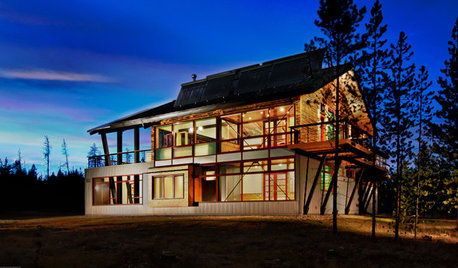
GREEN BUILDINGZero Net Energy: A Hardworking-House Term to Know
Homes that consume only as much energy as they produce by renewable means are a goal for builders. Learn what ZNE means for you
Full Story
DECORATING GUIDES13 Decorating Tips for Short-Term Renters
Mirrors, curtains, lamps and other features set a stylish tone you can take with you
Full Story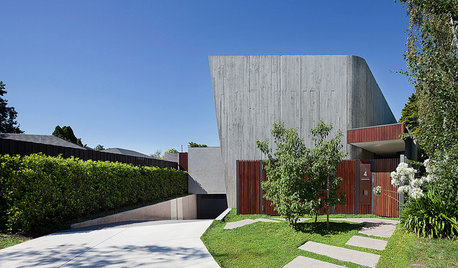
Houzz Tour: A House Built for the Long Term
The designers of this one-of-a-kind home made the most of its challenging location to deliver enduring comfort and style
Full Story
MOST POPULAR5 Remodels That Make Good Resale Value Sense — and 5 That Don’t
Find out which projects offer the best return on your investment dollars
Full Story
PETS5 Finishes Pets and Kids Can’t Destroy — and 5 to Avoid
Save your sanity and your decorating budget by choosing materials and surfaces that can stand up to abuse
Full Story
DECORATING GUIDESRoom of the Day: Redesign Energizes a Ho-Hum Office and Living Space
A couple find common ground in their combined office and living room decorated on a budget
Full Story
HOUZZ TOURSHouzz Tour: Stunning SoHo Loft
Renovation celebrates a former factory's original details combined with new spaces, textures and materials
Full Story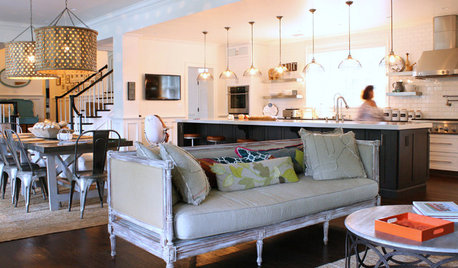
HOUZZ TOURSMy Houzz: Home Full of Boys Achieves Order and Inspiration
A 3-month overhaul produces an organized and inviting space fit for this Florida family of 9
Full Story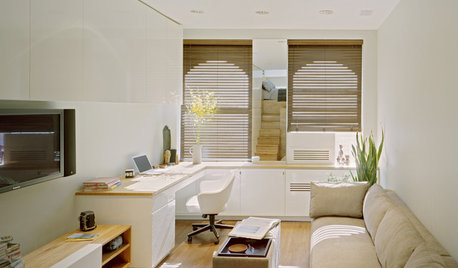
SMALL HOMESCan You Live a Full Life in 220 Square Feet?
Adjusting mind-sets along with furniture may be the key to happiness for tiny-home dwellers
Full Story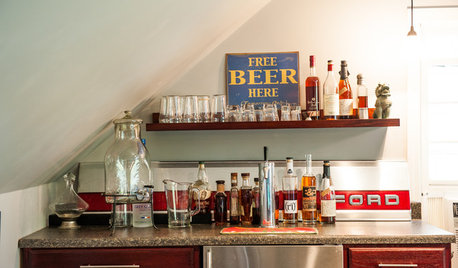
KITCHEN DESIGN15 Creative Backsplashes Full of Character
You’ll find personality aplenty in these distinctive backsplashes — and lots of inspiration too
Full StorySponsored
More Discussions






mistascott